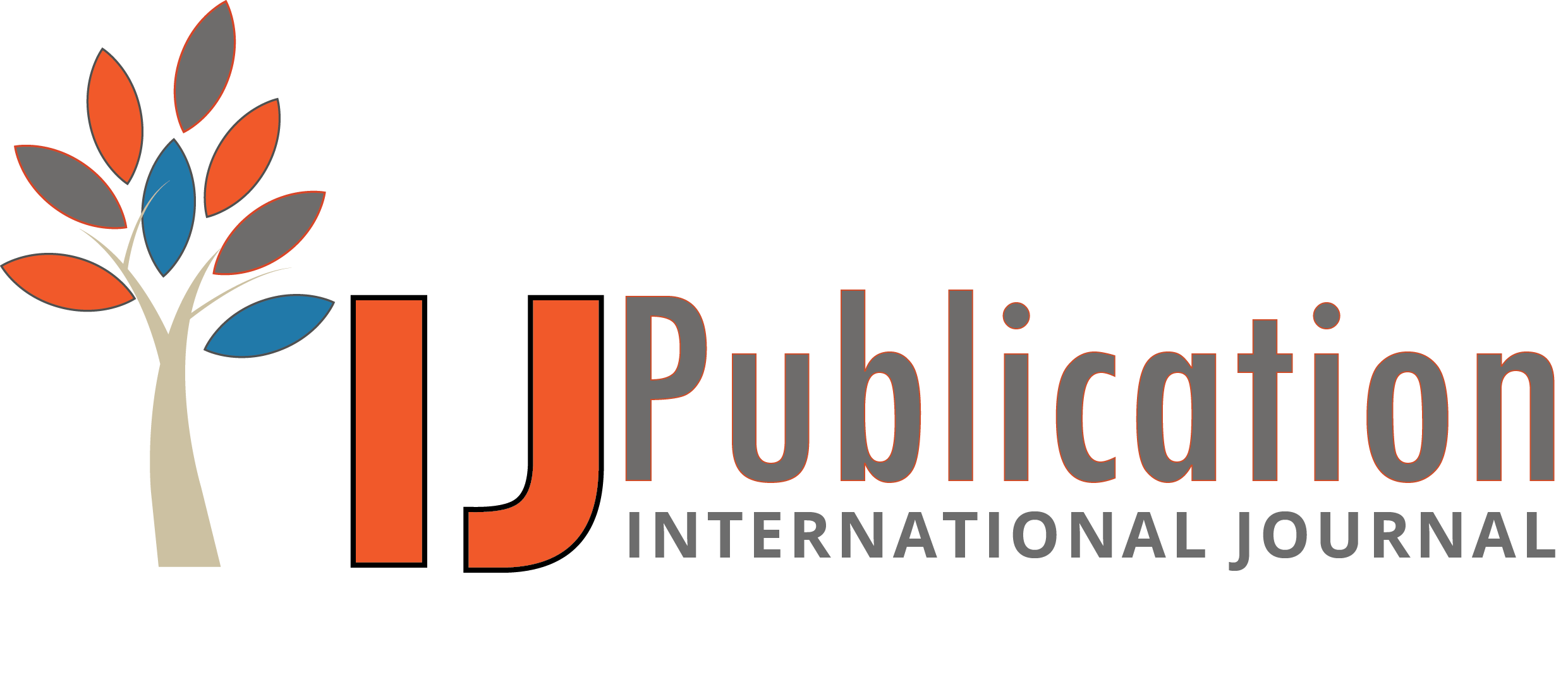Ramya Ramachandran Reviewer
16 Oct 2024 03:28 PM
 Approved
Approved
Relevance and Originality
The research article addresses a crucial aspect of education: the quality of teaching. By proposing a framework for evaluating educators using machine learning techniques, the study highlights the potential for technology to enhance educational outcomes. The integration of both audio and video data for analysis represents an innovative approach, distinguishing this work from existing evaluation methods that often rely on subjective assessments. Furthermore, the exploration of specific features, such as facial expressions and speech patterns, emphasizes the originality of the framework and its potential applicability in diverse educational settings.
Methodology
The methodology presented in the research article is well-structured and comprehensive, combining multiple data sources and advanced tools for feature extraction. The use of Amazon Rekognition for video analysis and AWS S3 for speech-to-text conversion demonstrates a thoughtful selection of technology to support the research objectives. However, more detailed information regarding the data collection process, including the criteria for selecting recorded teaching sessions and the demographic diversity of the educators evaluated, would enhance the transparency of the methodology. Additionally, a discussion of potential biases in data selection could strengthen the study's reliability.
Validity & Reliability
The validity of the framework is supported by the use of a variety of machine learning models, which provides a robust mechanism for assessing speaker quality. The incorporation of hyperparameter optimization and the evaluation using ROC-AUC scores add to the reliability of the findings. Nonetheless, including cross-validation techniques or a separate validation dataset would further ensure the robustness of the results. Additionally, discussing how the framework might be calibrated for different educational contexts or speaker demographics would enhance its applicability and reliability in real-world scenarios.
Clarity and Structure
The article is organized in a clear and logical manner, facilitating readers' understanding of the proposed framework. Each section flows seamlessly into the next, from the introduction of the research problem to the discussion of results. However, some technical jargon may pose challenges for readers unfamiliar with machine learning concepts. Including a glossary or brief explanations of key terms could improve accessibility. Visual aids, such as flowcharts illustrating the data processing and analysis steps, would also enhance clarity by providing a visual representation of the framework.
Result Analysis
The result analysis effectively communicates the performance of the proposed framework, particularly highlighting the success of Random Forest and Support Vector Machines in achieving high classification accuracy. However, the article would benefit from a more detailed discussion of the implications of these results. For instance, exploring how the identified features correlate with perceived teaching effectiveness in real-world settings would enrich the analysis. Additionally, providing specific examples or case studies demonstrating the framework's practical application in educational environments could strengthen the findings and their relevance to educators and institutions seeking to improve teaching quality.








Ramya Ramachandran Reviewer